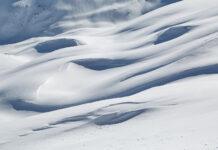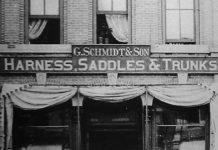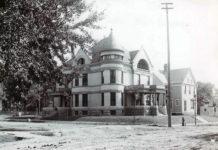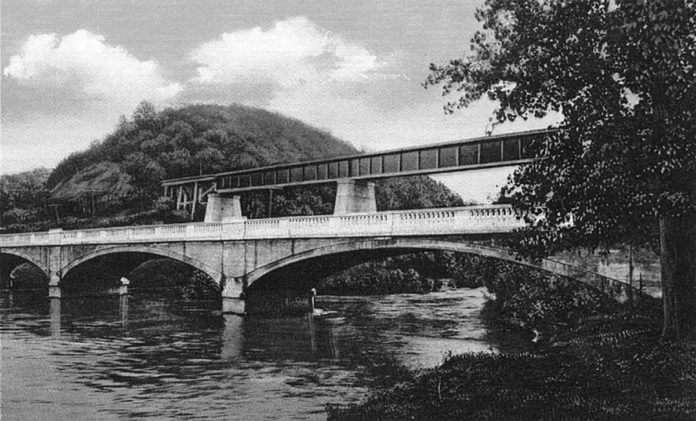
The Red Jacket Valley, located just south of Mankato, is well-known for biking and hiking the Red Jacket Trail system or skiing at Mount Kato. However, many may not be aware of its rich history.
Few of the original historic structures exist today. This winter we witnessed the removal of the historic Kerns Bridge (Yaeger Bridge). This bridge, built in 1873, was the only existing example of a single-span bowstring arch through truss bridge in Minnesota.
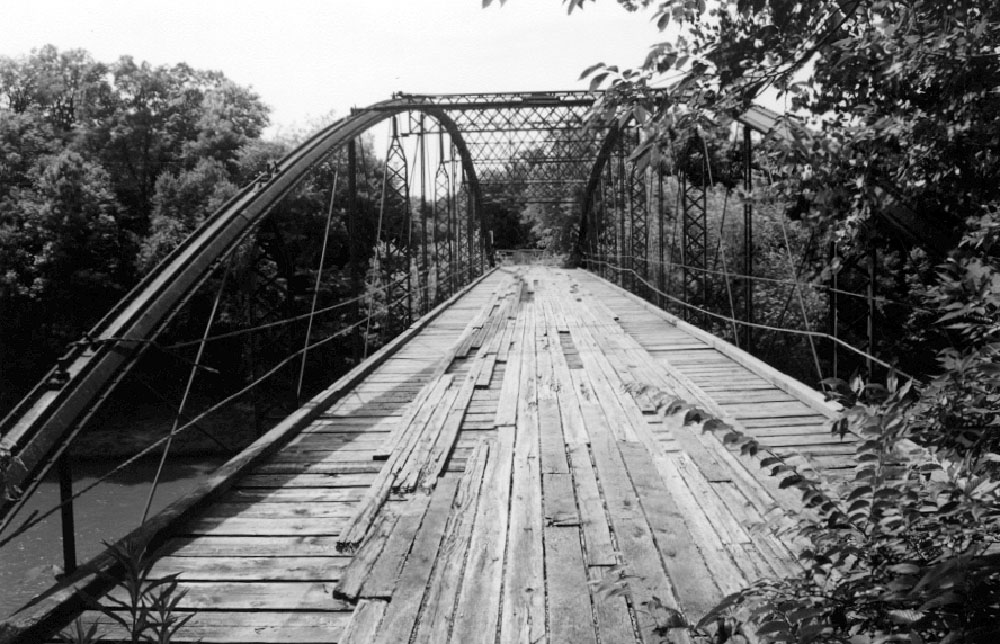
With its wooded rolling hills and meandering rivers, this historic valley has gone through many changes. For centuries buffalo roamed the prairie in vast herds over the county. Early Native Americans saw the arrival of the French fur traders and later white settlers from the East.
The first Frenchman known to have come to Blue Earth County was Pierre Charles Le Sueur in 1700 when he brought a group of men to mine blue-green clay from the Blue Earth river banks that he believed to be copper. On a mound just below the junction of the Minnesota and Blue Earth Rivers they erected several log cabins and enclosed them with a palisade of log poles. They called this small post Fort L’Huillier, named in honor of the French chemist who had assayed the blue green clay sample.
Minnesota Mystery
In 1926, the Daughters of the Anthony Wayne Chapter of the Daughters of the American Revolution placed a marker to commemorate the area they believed was likely Fort L’Huillier. Although many attempts have been made, the exact location of the fort and the “copper mine” have yet to be proven. Most of the land is comprised of steep bluffs, while other areas have been cultivated or developed. If evidence once existed, it may have been washed away long ago by the meandering river. To this day it is a great, unsolved Minnesota mystery.
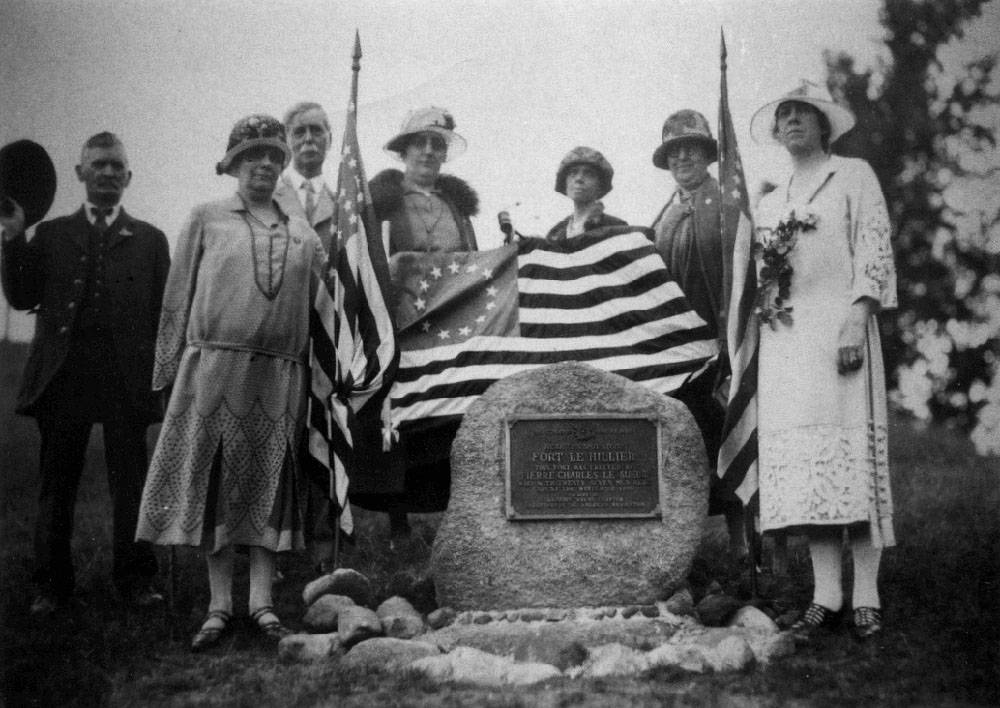
First Europeans
European settlers arrived in the mid-1800s. Farmers cleared the land, businessmen built flour mills and saw mills. Covered wagons became a common sight as they followed the Indian trails south of Mankato through the valley to the prairie. By 1878 it was not uncommon for one hundred covered wagons to pass through Front Street in Mankato in a single day.
Red Jacket
How did this beautiful valley come to be known as the “Red Jacket Valley”?
By 1863 the land that belonged to the Winnebago Reservation had been opened for settlement. No other county in the state of Minnesota has as many rivers as Blue Earth. Of these rivers, the Blue Earth, Watonwan and the LeSueur were well adapted for the development of waterpower. Settlers saw the opportunity and began building saw mills and grist or flour mills on the river banks.
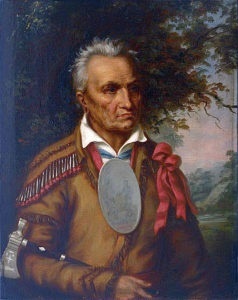
In the summer of 1866 a flour mill was built on the banks of the LeSueur River near the junction of the LeSueur and Blue Earth rivers. One of the mill proprietors, Park Worden, painted the mill red and gave it the name “Red Jacket Mill.” Worden, who was well versed in Indian lore, found the name fitting because the area had once been a part of the Winnebago Indian Reservation.
The name “Red Jacket” comes from Sagoyewatha, a Seneca Indian chief who lived from about 1756 to 1830 in Western New York. He aided the British during the American Revolution and in return for his service, the British officers presented him with a “richly embroidered scarlet jacket.” This earned him the name Red Jacket.
After the war, Red Jacket, who spoke for the rights of his people, played a prominent role in negotiations with the new United States federal government. In 1792 he led a delegation of 50 Native American leaders to Philadelphia. President George Washington presented him with a special “peace medal,” a large oval of silver-plate engraved with an image of Washington on the right-hand side shaking Red Jacket’s hand; below was inscribed “George Washington,” “Red Jacket,” and “1792. “Red Jacket wore this medal on his chest in every portrait painted of him.
The Red Jacket Mill
By October 1866, the Red Jacket Mill was ready for business. The water was let in and the machinery started. The first grist was brought to the mill by a team of oxen down a long ravine leading to the present site of the Red Jacket Bridge. The mill could turn out about two barrels of flour per hour.
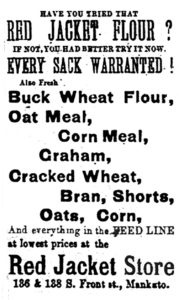
The mill became quite successful and soon the area took on an identity of its own. The valley, which was once known as the LeSueur River Valley, soon became known as Red Jacket. Even after the mill burned in 1880, the name has remained for over a century.
The Red Jacket Mill quickly became a lively wheat market. The flour produced was sold locally as well as exported. The mill proprietors soon opened an agency at a general store in Mankato owned by Zechariah Paddock. The flour was bagged in neatly printed sacks in amounts from 25 to 100 pounds. Red Jacket flour was marketed in Chicago and as far away as Massachusetts. Three or four teams were constantly employed hauling flour to Owatonna, which was then the nearest railroad, for shipment to the East. By 1868, the railroad had reached Mankato and the first freight shipped consisted of 200 barrels of Red Jacket flour.
Hard Times
The Red Jacket Mill endured hard times during the grasshopper plague of the mid-1870s.
Hordes of Rocky Mountain locusts arrived on a wind from the southwest the summer of 1873. They ate everything, although they especially enjoyed wheat. Crops were destroyed and farmers fought back with ditches, fires, canvas “hoppers,” nets and pieces of steel smeared with tar.
Change Coming
Times were beginning to change, and the days of the rural flour mill were passing. It was becoming increasingly expensive to keep up with technological advances and competition from larger companies, such as Mankato Mill Company (later Hubbard Milling Co.) that began in Mankato in 1878.
On December 31, 1880, fire destroyed the mill. The Red Jacket Mill had been one of the most noted mills in Blue Earth County. After the fire in 1880, the mill was never rebuilt. By this time country milling was no longer the profitable enterprise it once was.
GOLD!
Not only were there dreams of finding copper in the Red Jacket Valley, but there were also reports of gold found along the LeSueur River.
“There was considerable talk about this time (1891) of gold being discovered in the LeSueur. Mr. Welsh, a California gold miner, spent some days digging in the ravines near the Red Jacket bridge. In one of the little gullies he washed from the gravel at a depth of twelve to fifteen feet $62.50 of gold as he claimed. He then went to Duluth on some business and died there before returning to resume his mining. Others were considerably interested in hunting for gold and copper along this historic stream.” History of Blue Earth County, by Thomas Hughes, 1909
Progress
Settlement brought more progress to the valley in the form of the railroad.
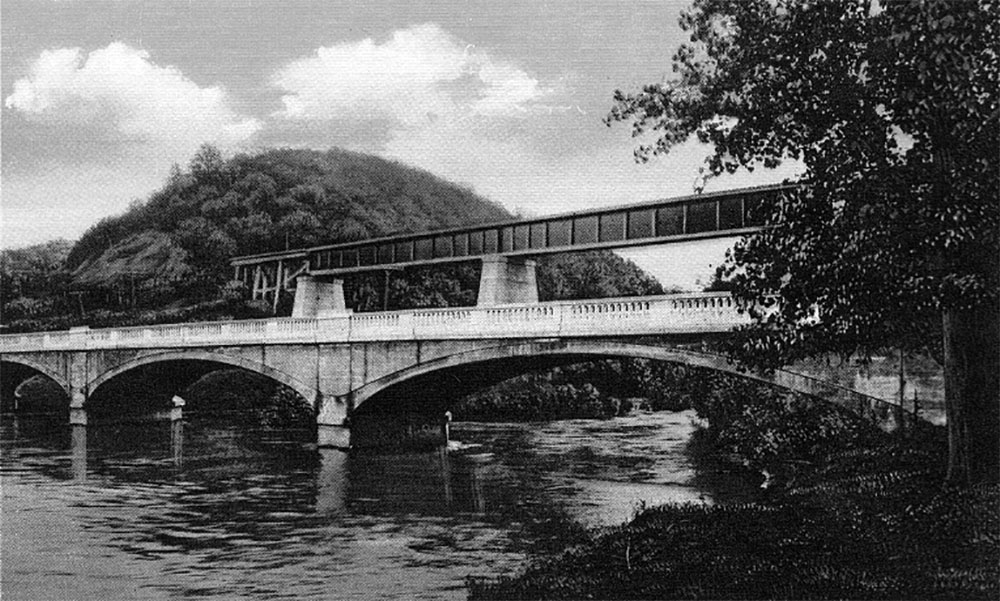
In the summer of 1868, Congress passed a new route bill allowing for a mail route to extend from Mankato via Red Jacket Mills, Castle Garden, Good Thunder’s Ford, Mapleton to Minnesota Lake. Railroad tracks were being laid in 1870 and by 1874 trains were operating through the valley. A railroad station was established at the Red Jacket Mill and there was a sidetrack used for loading.
There were ten trestles built within the section of line between Mankato and Good Thunder. The Red Jacket trestle and railway bridge being the largest, was completed in September 1874.
Fortunately, the historic trestle was preserved when a dedicated group of citizens formed the Red Jacket Trail Task Force and worked with the County and State to develop the recreational Red Jacket Trail, which opened the fall of 1997.
School
One of the first priorities for the early settlers was to build a school. In March 1865 a stone schoolhouse, School District #72, was built east of the Red Jacket Mill.
After the mill burned in 1880, the population shifted and the school (District #72) was moved closer to Indian Lake. This school, known as the “Indian Lake School,” was a red brick, single room building.
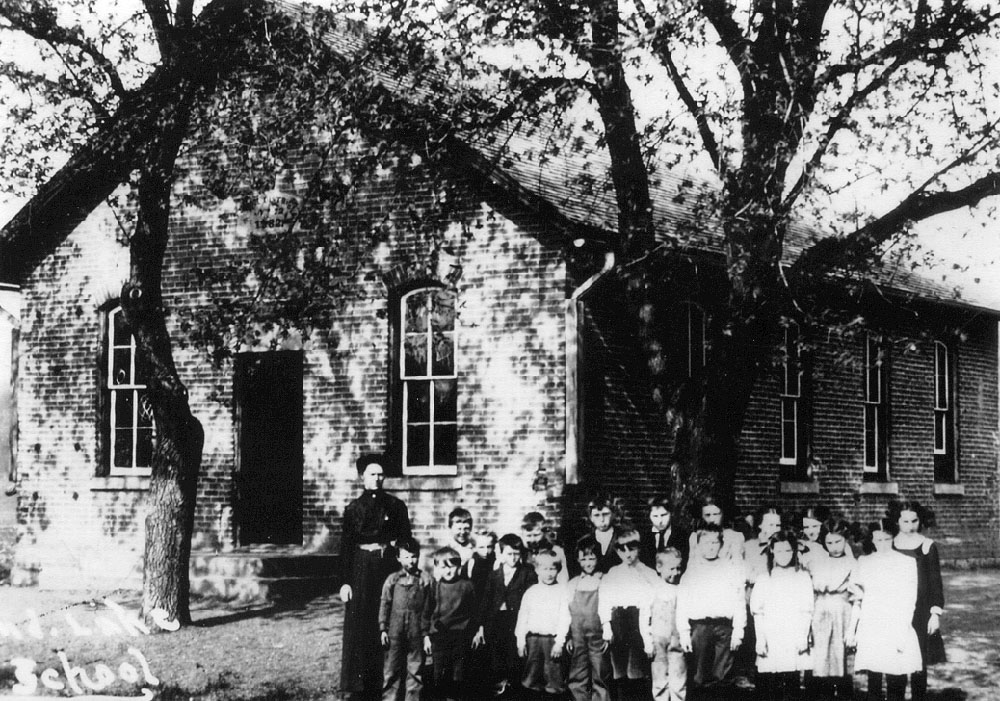
Ben Keenan, who attended the school from 1898-1906, recalled, “The Indian Lake School was only a quarter mile south of Indian Lake, where the children often went skating or watched the horse races on the lake. The men who raced had sharp shod horses hitched to a rig with two runners. The driver sat close to the horse’s tail on a high seat where he could control the horse.”
Helen and Eleanor Tronvold attended the school in the early 1920’s and had fond memories of their school days at the Indian Lake School. They recalled, “The school day began with the Pledge of Allegiance and attendance was taken every morning. Since all grades were in one room, younger and older pupils benefited from listening to other classes. Lunches were brought from home usually in a pail or lunch box. A special treat in the winter was baked potatoes made on top of the stove. Favorite outdoor games played at recess included Kitten Ball, Anti Over (the schoolhouse), Pump-Pump-Pullaway, Tag and Hide and Seek. In the winter there was sledding and ice skating on Indian Lake.
“Box socials were a fun event at the Indian Lake School. Ladies and girls decorated boxes and packed a lunch for two inside. The boxes were auctioned off and the money was used to buy books and supplies for the school. Other events the children looked forward to were the Christmas programs, spelling bees, and school picnics.”
The schoolhouse was the center of the rural community until the district was terminated in August 1945 and consolidated with Mankato. The schoolhouse building was later used by the Mankato Saddle Club, which had been organized in 1945.
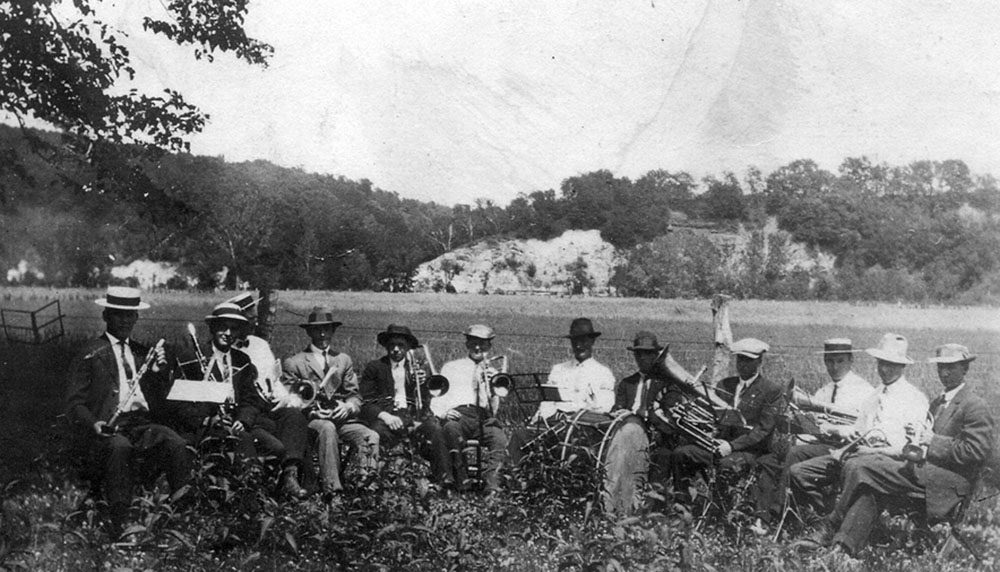
Indian Lake
Each January, the Miller Ice Company harvested ice from Indian Lake. Many townspeople and farmers were hired to accomplish the task of preparing the ice field. (see Ice Cold History-The Era of the Ice Harvesting Industry, MankatoLIFE.com, February 12, 2020) Ice cakes weighing 300-400 pounds were elevated onto sleighs and hauled to the storage houses.
At the turn of the century Indian Lake was a site for recreational activity.
“ICE MATINEE TOMORROW – Local Horses Will Put Up Good Races on Indian Lake. Ice races will be pulled off tomorrow afternoon on Indian Lake, arrangements for the matinee having been made at the meeting of the Mankato Driving Club last evening. The course is being cleared of snow today and will be in excellent shape tomorrow.” Mankato Review January 1906
In September 1922 Indian Lake was drained. At that time the lake covered only 55 acres, but the land around it was so marshy that after the drainage, farmers were able to reclaim 340 acres for cultivation. The farmers themselves paid for the drainage. The drained lakebed remained farmland until the mid-1990s.
An effort to restore Indian Lake began with the construction of the Highway 90 Southern Bypass. In November 1998 it was announced that Indian Lake, which for eight decades had been a farmer’s field, would be a lake again as early as the next spring. The rebirth of the lake began with the spring snowmelt in 1999.
Skiing!
In 1913, Mankatoan Harvey Anderson met nationally known ski jumper Anders Haugen at a ski tournament in Chippewa Falls, Wisconsin, and asked Haugen to design a ski jump for Mankato.
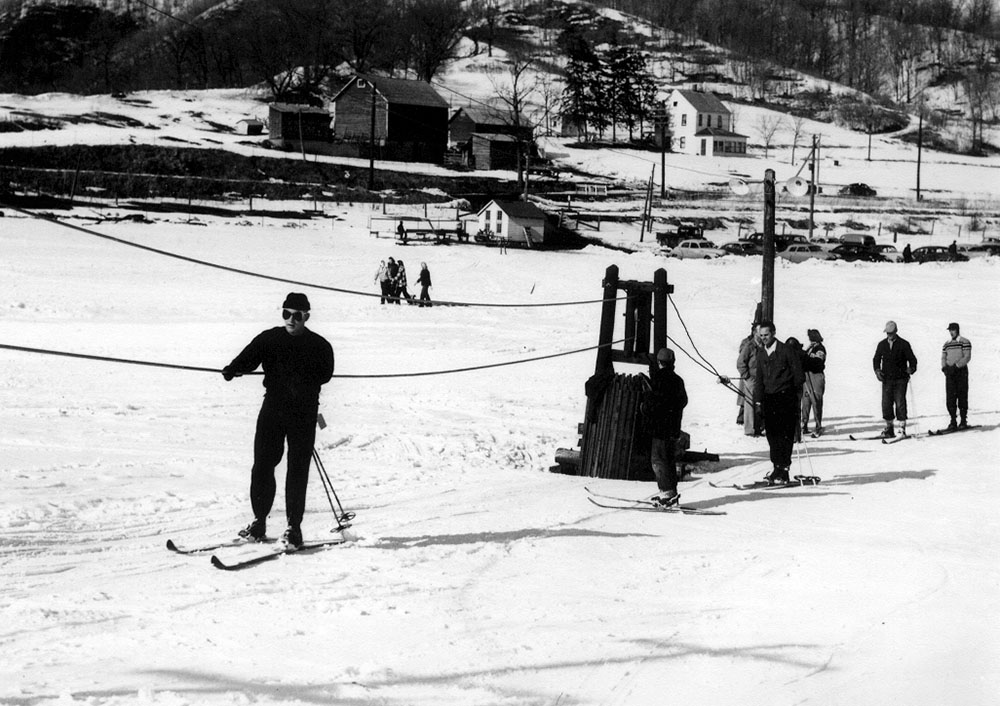
The first hill was at the end of Belgrade Avenue in North Mankato in 1931. That ski hill, along with another hill on James Avenue in Mankato, was abandoned because of increasing traffic and housing development.
In 1937, Anderson noticed a northeast-facing hill near Indian Lake that was a natural amphitheater. It was perfect for skiing, tobogganing, bobsledding and ski jumping. In 1937, Andersen opened the hill, known as Skihaven, for weekend winter activities. There was no ski lift and no charge, with the thought that if a person could clamber up the hill he or she was more than welcome to ski down.
Skihaven was used for tobogganing, bobsledding and ski jumping in addition to skiing. In 1945 Anderson used a Buick engine hooked to a bullwheel to use as a tow rope. The rope was heavy, slippery and fast. Only three people could be pulled at a time otherwise the weight of the group would cause the engine to stall.
In 1951 Anderson hired two men from northern Minnesota to building a log cabin chalet. Anderson’s wife, Dolly, operated a lunch counter and served her famous barbecues. She would work until 3 a.m. to prepare the barbecues for the next day’s skiers.
The Augustine family bought Skihaven in 1977 and changed the name to Mount Kato. Today Mount Kato offers 19 trails on 55 ski-able acres.
Long gone is the Red Jacket Mill and the sound of the old locomotive is no longer heard in the valley. The natural beauty of the bluffs, hills and valley still remain and is nature’s gift for all to enjoy.
Additional Link
- Transportation Advances Through the Red Jacket Valley
- Red Jacket Trail on MankatoLIFE
- Indian Lake Conservation Area on MankatoLIFE
- Red Jacket Trail Park on MankatoLIFE
- Red Jacket Valley Park on MankatoLIFE
The History of the Red Jacket Valley by Julie A. Schrader, published by Minnesota Heritage Publishing, 2001. Books available online: www.mnheritage.com. Available to ship or pick up curbside locally.

